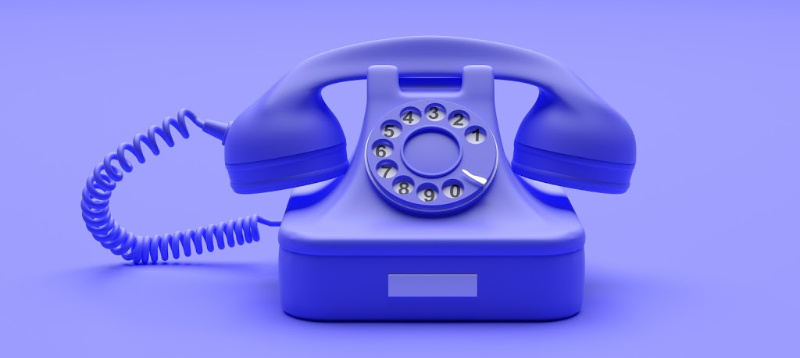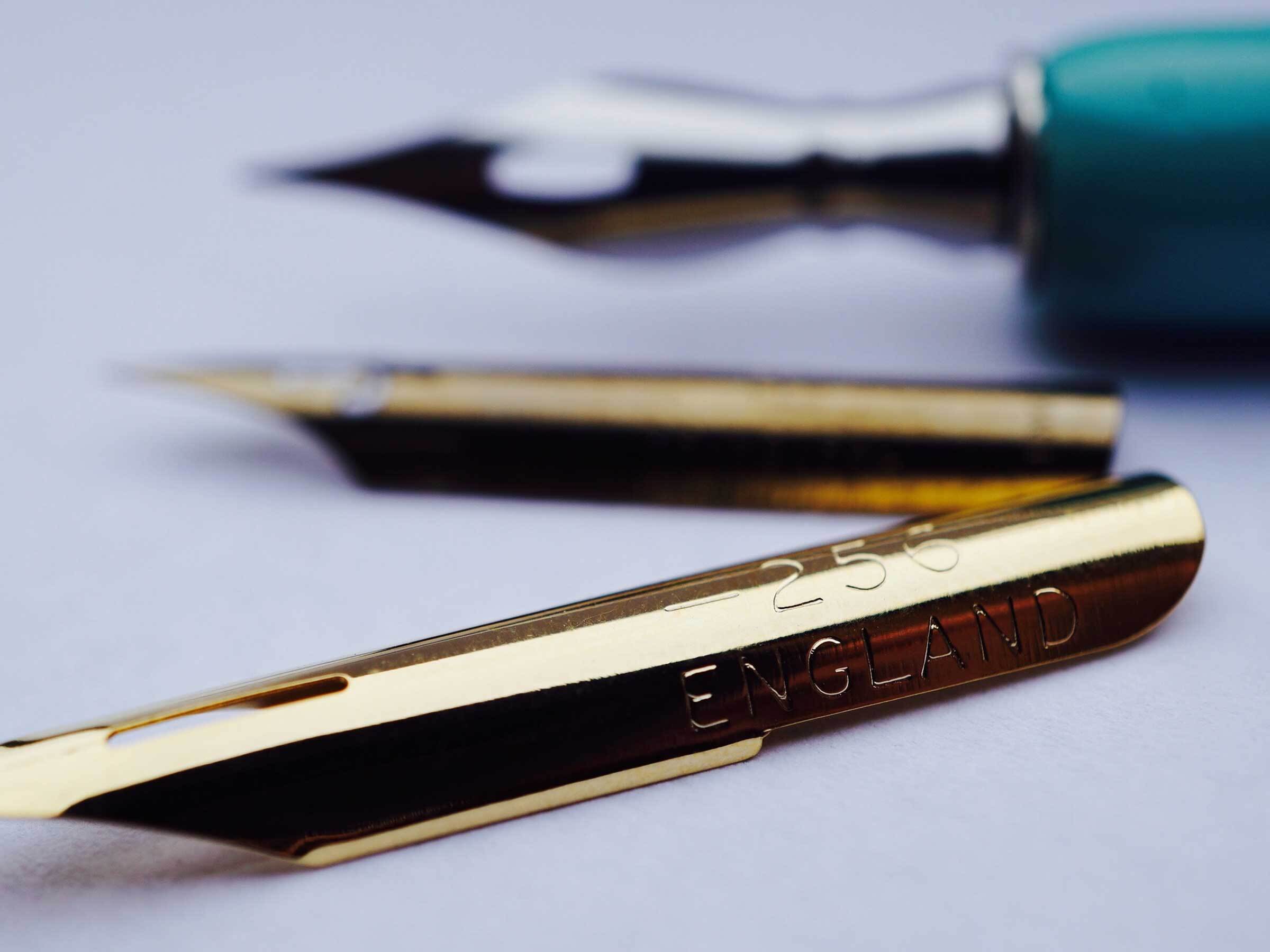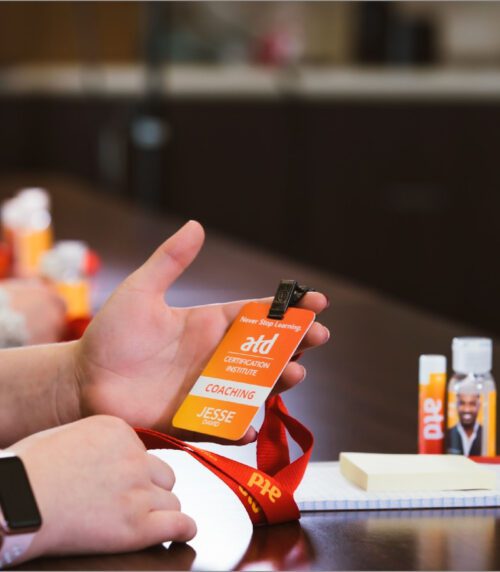
10 Tips For Successful Sales Discovery Calls
10 Tips For Successful Sales Discovery Calls
A discovery call is a crucial part of the sales cycle. This first call after connecting with a prospect helps sales professionals understand the details of a prospect’s situation. Discovery calls set a deal’s trajectory, dictating what you present during a meeting, what objections the prospect raises and how much negotiation leverage you have at the end of the sales process.
1. Flip on your webcam. On a discovery call, it’s just you and the buyer on the phone. Make it more of a face-to-face meeting by turning on the webcam (if you have one) on your computer so the buyer can see your expression during the conversation. Having your webcam on during a discovery call is more important than any other type of call. Other calls are full of visuals, from product demos to slide decks. If your webcam is off, there’s nothing to hold the buyer’s visual interest.
2. Phrase your questions to get long answers. On a discovery call, your goal is to learn everything you can about your buyer’s needs. Orlob encourages sales professionals to get buyers talking to increase the deal’s chances of success. Instead of asking, “What’s your biggest challenge?” say “Help me understand your biggest challenge.”
3. Consider what an expert would ask. Bad questions destroy your credibility. Ask questions that make your buyer think. Orlob says you don’t want them to recite their problems by rote. You want them to trust you and reveal something at every turn. When buyers know they’re in an expert’s hands, they drop their guard and reveal more information.
4. Ask the right number of questions. There’s a sweet spot in how many questions you should ask during a discovery call. Orlob suggests aiming to ask 11 to 14 questions. If you ask more, your buyer may feel interrogated. Ask fewer, and you may not get enough information to proceed to the next step in the sales process.
5. Base your questions on what the buyer says. Orlob suggests preparing some questions in advance to hit your main points but stand ready to craft most of your questions on the fly. To do this well, you must listen to what your buyer says.
6. Check your talk-to-listen ratio. Orlob says top sales reps have an average talk-to-listen ratio of 46:54, meaning that they talk 46 percent of the time and listen for 54 percent.
7. Repeat important words. If you want to keep buyers talking, repeat one to three important words they said. Say them like you’re asking a question.
8. Label your buyer’s emotions. You can be sure you’re understanding their emotions right by saying something like, “It seems like you …,” “It sounds like you …” or “It looks like you …”
9. Pause (even if it’s awkward). When your buyer finishes speaking, wait three long seconds. Most people want to fill the void of silence. If you can pause for just a few seconds longer than feels natural, your buyer will take the bait and keep speaking, which could give you the info you need to close the deal.
10. Summarize. Most people want to feel understood. If you want to really wow your prospects, make them feel understood by listening well and summarizing your discussion.
Discovery calls might be daunting, but they’re a crucial part of sales success. Make each one count by using the tips above.
Source: Chris Orlob is the senior director, product marketing at Gong.io, where he is responsible for the market success of products, from strategy to execution. Orlob was named a Top Voice on LinkedIn in 2018 for sales. Compiled by Audrey Sellers






